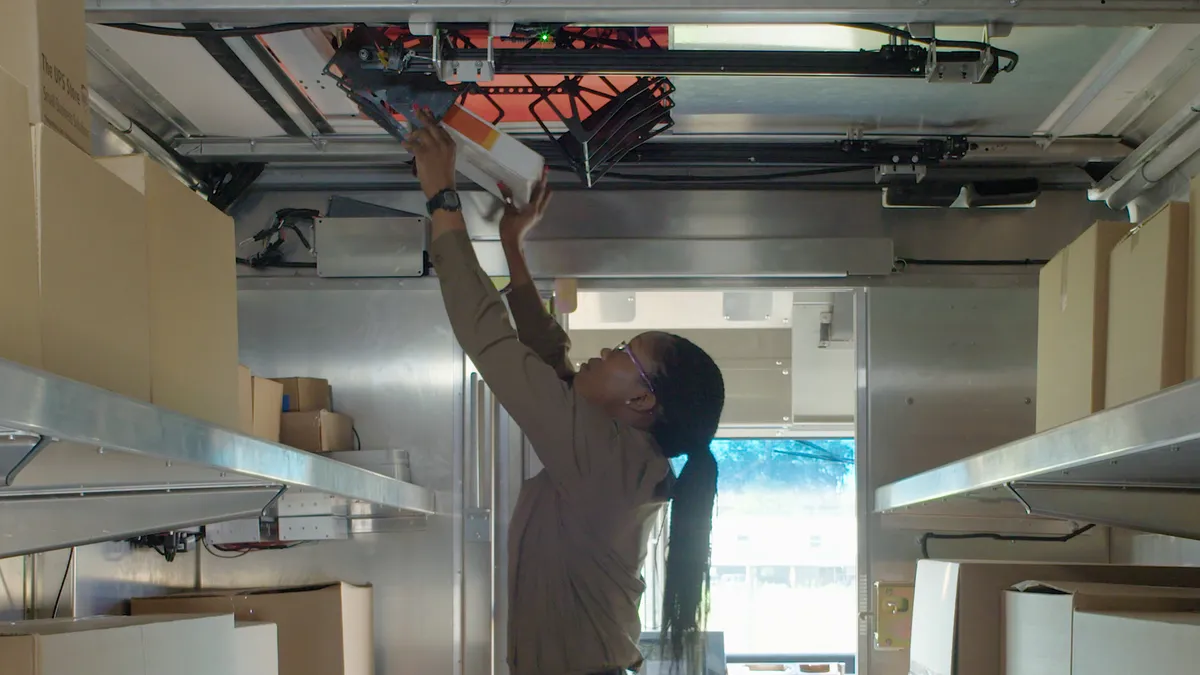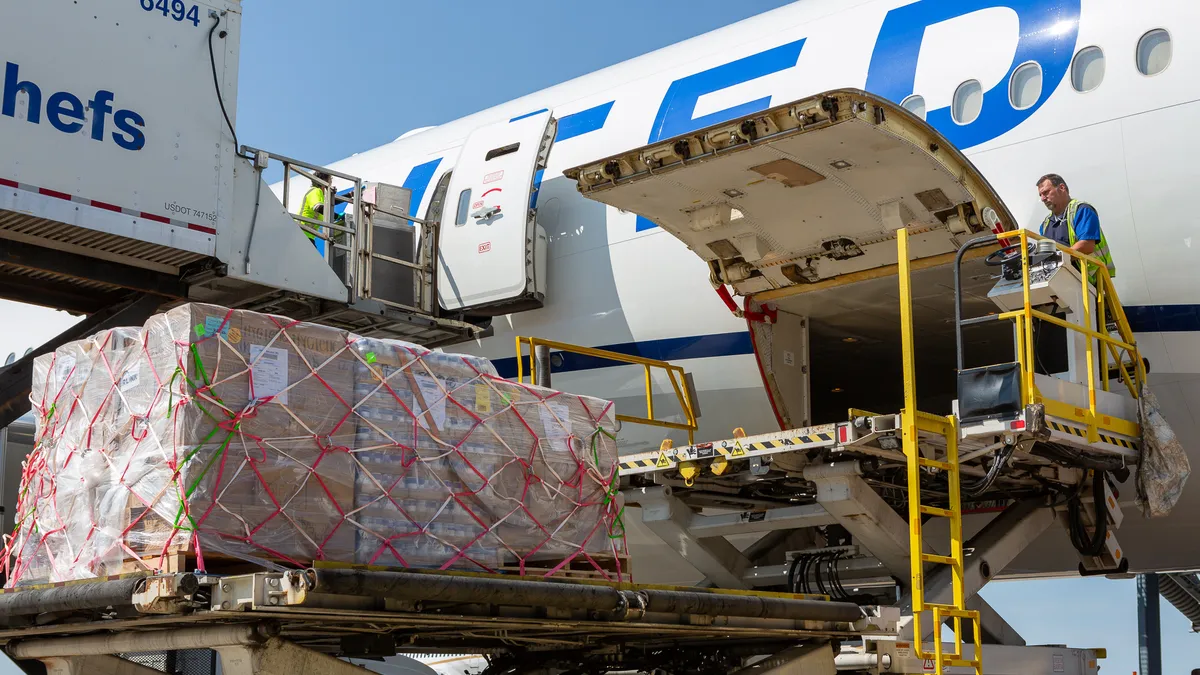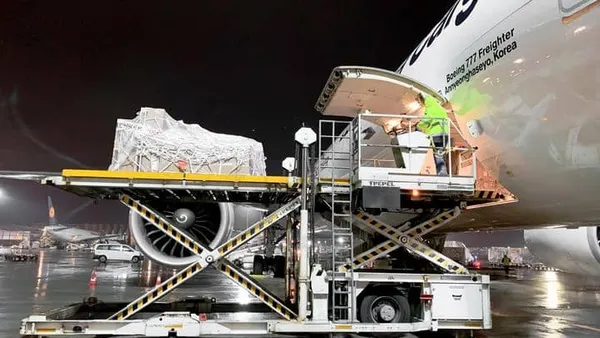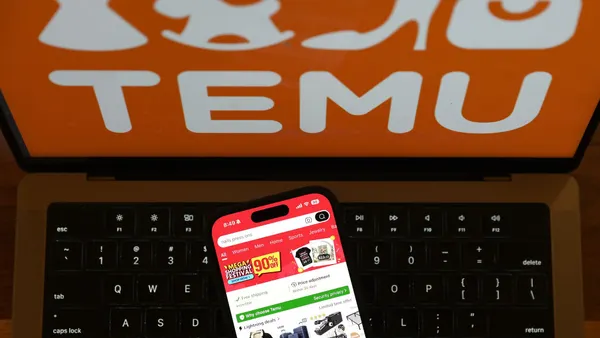Dive Brief:
- The future of last-mile logistics could be a hybrid truck and drone model, but there are significant regulatory barriers keeping it from becoming a reality in the near future, according to a paper published May 16 by Matthias Winkenbach, the director of Massachusetts Institute of Technology 's (MIT) Megacity Logistics Lab, and Farri Gaba, a research assistant at the university.
- Deploying drones on traditional delivery vehicles would allow parcels to be distributed simultaneously. The drone would serve locations that would take far longer to reach given traffic, or in cases where a number of "highly constrained customers" complicate a truck's otherwise normal route.
- Hybrid truck and drone delivery models would be better suited for rural areas where it is faster to cover distances by air than by ground, the paper found. Current Federal Aviation Administration (FAA) regulations make the hybrid model "a non-starter" in urban settings, but suggest it could be possible in a "sparsely populated area" under the agency's Part 107 guidelines.
Dive Insight:
In theory, a hybrid truck and drone model could offer the best of both worlds for logistics networks. However, as Winkanback and Gaba explained, there are significant regulatory hurdles remaining. "It is still unclear how the [National Highway Traffic Safety Administration], the FMCSA, the DOT, the FAA and the [Federal Communications Commission] will need to collaborate to achieve safety in the link between the drone and truck," the authors wrote, adding the hybrid model is too new for city or federal governments to begin drawing up frameworks now.
The researchers proposed implementing controls on drone flight paths, altitudes, times and traffic as a place regulators could start. This would give the private sector added clarity while allowing governments to ensure safety, the paper says.
"Many suggest that the first step is to achieve fully-fledged commercial drone delivery first," the paper states, estimating it could take the next "decade or two" to fully achieve hybrid truck and drone operations at scale.
Furthermore, the achievable cost savings from drone delivery remain unclear. Recent studies have shown that, at scale, drones have similar or significantly worse energy efficiency than electric and diesel trucks. This is due to a variety of factors including the type of deliveries drones are being used for, wind conditions, and the drone's size and range.
"Without truck automation, cost savings associated with the [hybrid truck and drone] delivery system are limited to delivery efficiency improvements as the drone diverts workload away from the driver and performs deliveries in tandem," the MIT paper reads.
The coronavirus pandemic has accelerated private sector and consumer interest in contactless delivery methods, with multiple pilot operations from Gatik's autonomous middle mile vans to Wing's global drone delivery operations seeing increased demand in recent months.
When it comes to combining truck and drone deliveries, UPS explored the model in a pilot project with drone-maker Workhorse Group in 2017. Drones were loaded with a parcel via hatch in the delivery truck's roof and a UPS delivery person would then use a touchscreen device, equipped with a satellite view, to direct the drone to the correct address.
"Right now, we have one drone on the roof. But we’re trying to see if we can get three, four, five drones on the roof," Workhorse Group Stephen Burns said in a UPS blog post. "So basically you’d have a rolling warehouse, and where appropriate, drones would jump off and return."
In it's current pilot with CVS in Florida, UPS is running a similar model but in reverse. Drones deliver prescriptions and other personal care items from CVS stores to a central location outside of a local retirement community. A delivery van then completes the deliveries from there.















